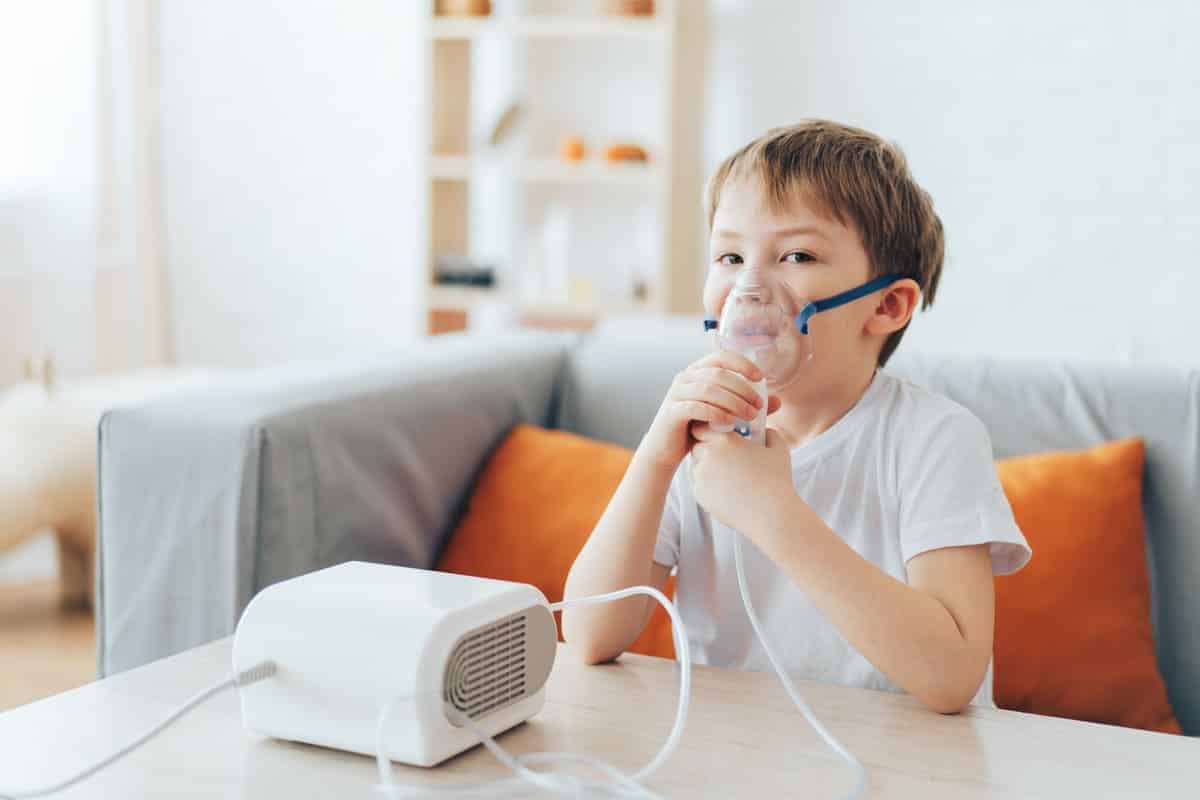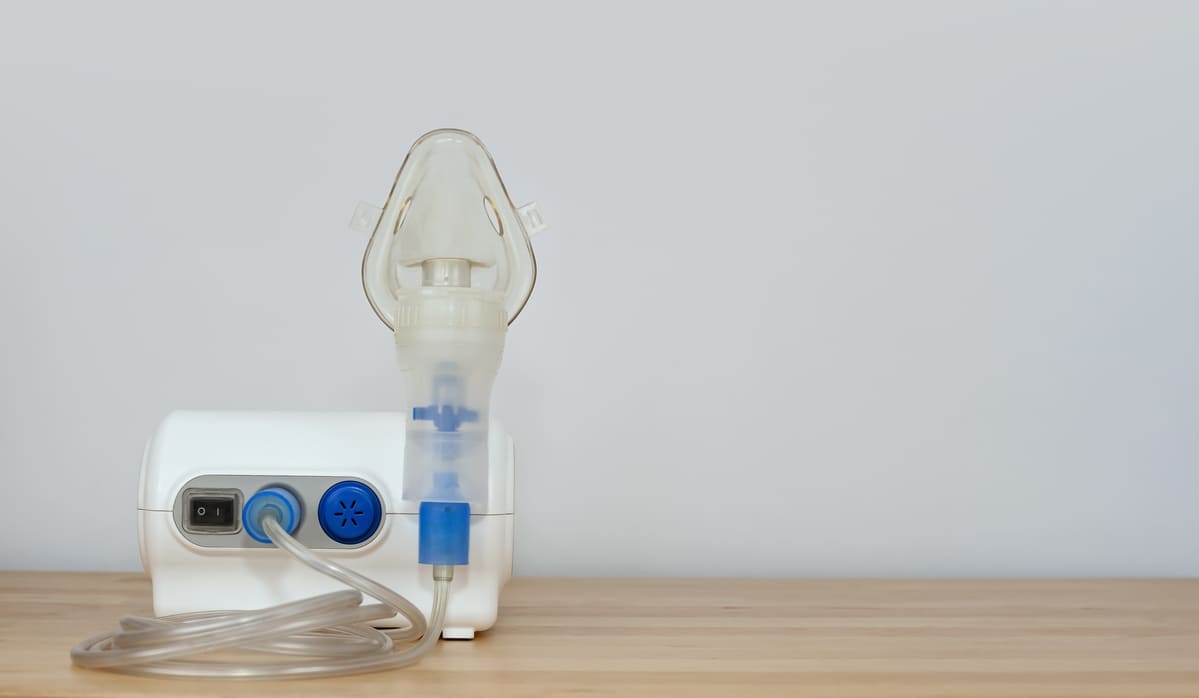Relief can often seem elusive for those dealing with persistent coughs, whether from chronic or lower respiratory conditions. However, a medical device called a nebulizer may provide a solution. Nebulizers can effectively relieve the symptoms of coughs and respiratory illnesses, but do you know what to put in a nebulizer for cough and how to use it and clean it properly? This article will discuss the medications suitable for nebulizer use, proper usage, and essential care and maintenance to ensure optimal performance.
What is a Nebulizer?
A nebulizer is a medical device that converts liquid medication into a fine mist that can be inhaled directly into the lungs. This helps deliver the medication quickly and efficiently, making breathing easier for respiratory patients. Nebulizers are commonly used for treating individuals with asthma, chronic obstructive pulmonary disease (COPD), bronchitis, or other respiratory illnesses.
Types of Nebulizers?
Generally, nebulizers come in three different types such as:
- Jet Nebulizers: These use compressed air to create an aerosol, delivering the medication directly to the lungs.
- Ultrasonic Nebulizers: These use high-frequency sound vibrations to produce a fine mist of medication for inhalation.
- Mesh Nebulizers: These utilize a vibrating mesh to generate an aerosol, facilitating medication delivery to the lungs.
How to Use a Nebulizer?
Using a nebulizer correctly is crucial for optimal symptom relief. Follow these basic steps to operate a nebulizer properly:
- Assemble the nebulizer components according to the manufacturer’s instructions.
- Add the prescribed amount of medication to the nebulizer cup.
- Connect the mask or mouthpiece to the nebulizer and secure it firmly.
- Turn on the nebulizer and breathe in the medication mist through the mouthpiece or mask. Inhale slowly and deeply, then exhale through your nose.
- Continue the treatment until the medication is fully delivered, usually around 10-15 minutes.
What Medications Are Used For Cough in Nebulizers?
A nebulizer can use several medications to help soothe cough symptoms and alleviate discomfort. Some common choices include:
- Hypertonic saline: A thinner mucus that can help break up and reduce the amount of sputum produced.
- Formoterol: A bronchodilator used for individuals with COPD to help open up the airways.
- Budesonide: A corticosteroid that can help to reduce inflammation in the mucous membranes, thus reducing coughing.
- Ipratropium: A bronchodilator that helps to relax the muscles around the airways for easier breathing.
- Albuterol: A fast-acting bronchodilator that quickly relieves sudden coughing fits.
Always consult your healthcare professional for the appropriate medication and dosage for your condition.

How to use nebulizers to treat cough?
The nebulizer delivers medication straight to the lungs, reducing inflammation in the airways, easing breathing, and potentially calming a cough. Here’s the typical process:
- Medication Preparation: The prescribed medication is added to the nebulizer cup. The type and amount depend on the individual’s condition and doctor’s prescription.
- Conversion to Mist: The nebulizer transforms the liquid medication into small aerosol droplets or a fine mist.
- Inhalation: The patient inhales the mist through a mouthpiece or mask attached to the nebulizer, allowing the medication to reach deep into the lungs.
- Medication Delivery: The inhaled medication soothes inflamed airways and opens them up, easing breathing and reducing coughing.
- Duration of Use: A typical nebulizer treatment lasts about 10 to 15 minutes. The duration and frequency of use will depend on the individual’s condition and the doctor’s prescription.
Tips For Nebulizer Care and Maintenance:
Nebulizers can effectively treat coughs but must be properly cared for and maintained to ensure the best results. Here are some tips on how to take care of your nebulizer:
- Clean the unit regularly with warm, soapy water and rinse it thoroughly.
- Replace the tubing every six months and check for clogs or leaks in the tubing.
- Replace the nebulizer and medication cups after every use, as these parts are considered single-use items.
- Disinfect the unit by boiling it in water for 10 minutes and wipe it down with a clean cloth after each use.
- Always read the manufacturer’s instructions carefully before using your nebulizer.
- Store your nebulizer in a dry, cool place away from dust and dirt.
- Keep the medication cup clean and uncontaminated with other medicines or solutions.
- Never mix medications in the nebulizer solution because it will reduce their effectiveness.
- Always use fresh water each time you use the nebulizer.
- If you’re using a compressor nebulizer, ensure the airflow is not blocked by anything and that it works properly.
- Always consult your doctor if you have any questions or concerns about using a nebulizer.
Conclusion
Nebulizers can be an effective tool for relieving the symptoms of coughs and respiratory illnesses, but proper care and maintenance are essential to ensure optimal performance. With the right medications and usage instructions, you can get the relief you need from your coughing fits. Just read the nebulizer manual carefully before use, and always consult your healthcare professional about which medications and doses are most suitable for your condition.











